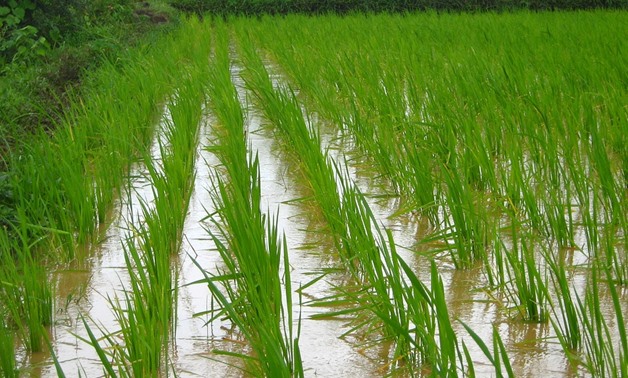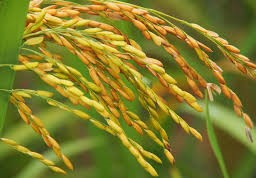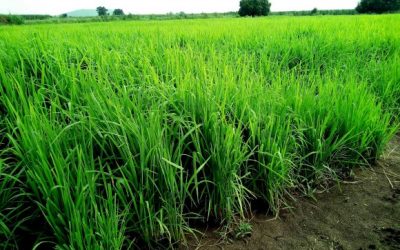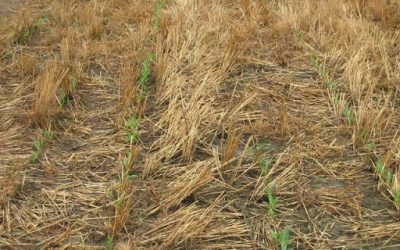Managing water in Rice plantation.

Rice is typically grown in bunded fields that are continuously flooded up to 7−10 days before harvest.
Continuous flooding helps ensure sufficient water and control weeds. Lowland rice requires a lot of water.
On average, it takes 1,432 liters of water to produce 1 kg of rice in an irrigated lowland production system. Total seasonal water input to rice fields varies from as little as 400 mm in heavy clay soils with shallow groundwater tables to more than 2000 mm in coarse-textured (sandy or loamy) soils with deep groundwater tables.
Worldwide, water for agriculture is becoming increasingly scarce. Due to its semi-aquatic ancestry, rice is extremely sensitive to water shortages.
To effectively and efficiently use water and maximize rice yields, the following good water management practices can be done:
Step-1 Construct field channels to control the flow of water to and from your field
Step-2 Prepare the land to minimize water loss and create a hard pan
Step-3 Level the field
Step-4 Construct bunds and repair any cracks or holes
Continuous flooding of water generally provides the best growth environment for rice.
After transplanting, water levels should be around 3 cm initially, and gradually increase to 5−10 cm (with increasing plant height) and remain there until the field is drained 7−10 days before harvest.
For direct wet seeded rice, field should be flooded only once the plants are large enough to withstand shallow flooding (3-4 leaf stage).
Transplanting
Alternate Wetting and Drying (AWD) can be started a few weeks (1-2) after transplanting. Irrigate and then allow the water depth to drop to 15 cm below the surface using a field water tube (pictured to the right) to monitor the water level depth. Once the water level has dropped to 15 cm below the surface, re-flood the field to a depth of 5 cm above the surface and repeat. From one week before to one week after flowering, the field should remain flooded. After flowering, during grain filling and ripening, the water level can drop to 15 cm below the surface before re-flooding.
When many weeds are present, AWD should be post-poned for 2-3 weeks to assist suppression of weeds by ponded water and to improve the efficacy of herbicide.


